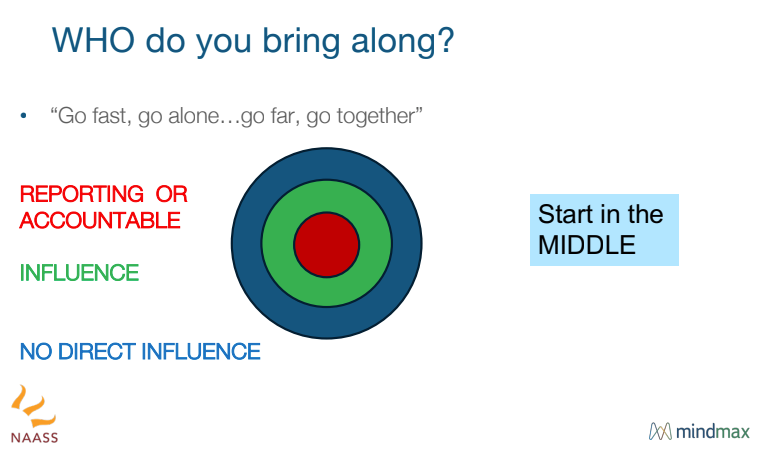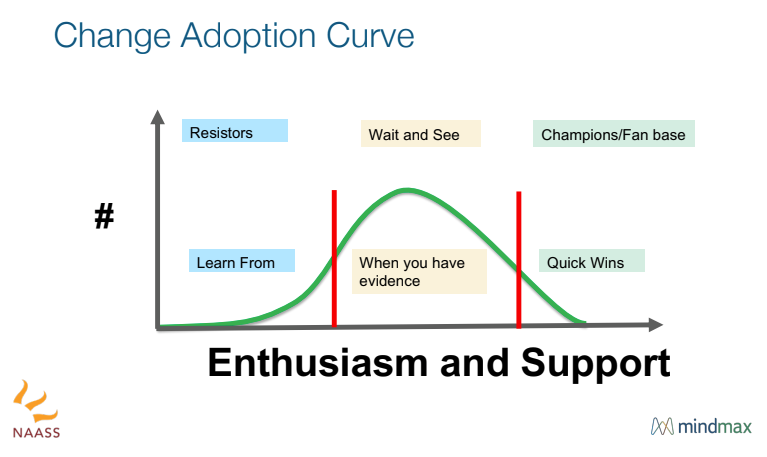Summer Programming in Higher Ed: A Roadmap for Success

Summer Programming in Higher Ed: A Roadmap for Success
While there was once a clear divide between the academic year and summer, that’s simply no longer the case in higher education. As colleges and universities embrace the concept of a holistic year, summer programming is a vital component of their offerings.
A school’s approach to strategic planning can elevate summer programming to greater importance, leading to increased stakeholder buy-in and, ultimately, more resources.
MindMax’s higher education consulting services have helped many schools develop a roadmap for summer programs. The approach is relatively simple: think about summer programming in terms of why, what, how, who, and when.
Why Is Your Institution Offering Summer Programming?
Identifying your raison d’être is the first and arguably the most crucial step when planning summer sessions. Schools that skip this step may experience temporary success, but eventually, that success will be difficult to maintain. Start by answering these questions:
- Why is your unit offering summer sessions?
- Why are you personally working to offer summer sessions?
- Why do others care?
- Who are those stakeholders? (e.g., budget office, board of trustees, academic colleges, admissions, provost’s office, registrars)
Some examples of why your institution offers summer sessions might include:
- Revenue generation or contribution margin
- Facility utilization
- Increasing persistence and graduation rates to support student success in higher education
- Improving community or town/gown relations
- Supporting larger regional initiatives
- Marketing and/or brand recognition with the pre-college population
What Summer Programming Do You Currently Offer? What’s Next?
Next, determine what you’re currently doing to realize your why—and what you can do next. During this phase, it’s essential to “know thyself,” meaning you should think critically about what you can and can’t do—and what aligns with your mission. Many schools’ resources for summer programming are extremely limited, so this step will likely involve some portfolio rationalization. Start by answering these questions:
- What are your current offerings?
- What are related or tangential offerings you could “easily” provide
- What are some new things you’d like to do? Why?
- What are your strengths/assets?
Types of summer programming
Common types of summer programming include (but are not limited to):
- Bridge or first-year programs
- Camps (sports and academic)
- Pre-college programs
- College credit programs
- Professional education programs
- Study abroad programs
- Intensive English programs
- Winter sessions
How Do You Put Your Summer Programming Plan into Action?
When it comes to building your plan, begin by examining your unit through these four lenses:
- Process. What processes do you have in place regarding summer program planning, marketing, enrollment, and execution—and which ones do you need to establish? Your processes should be as frictionless as possible for students and staff. The more friction there is, the less likely an initiative will be successful.
- People. Do you have the right people to execute summer programming effectively? Are there enough of them? What alliances can you establish to fill any gaps? You may need to think outside the box to find satisfactory solutions. For example, if faculty members are unwilling to teach summer classes, other options could include enlisting adjunct professors or partnering with another school.
- Technology. Do you have the right technology to support your processes? Ideally, your student information system, CRM, and marketing platforms should all interconnect to provide the most holistic approach possible.
- Culture. What is the general attitude about summer programming at your institution? If buy-in is lacking, what can you do to secure it?
The next steps will involve building your plan and addressing stakeholders. Start by highlighting your strengths and identify quick wins. At this phase, it’s wise to promise less and deliver more. Be sure to have your success measures in place in advance (more on that soon).
Who Will Help Your Summer Programming Succeed?

You’ll need a coalition of the willing to help make your summer programming plan successful. Begin by enlisting the people in the middle of the circle who are accountable for summer programming. Then, expand outward to people you can influence or who directly influence summer programming. Lastly, involve the people who have no direct influence.

Let the change adoption curve inspire your communication about summer programming. There is a tremendous opportunity to learn from resistors. Ask these folks lots of questions to help you anticipate future obstacles. The majority of institutional stakeholders are in the wait and see category. As soon as you have evidence of success, show them. Finally, the champions/fan base are looking for quick wins.
Measuring the Success of Summer Programming
Identify key performance indicators before executing your plan, being sure to tie them to what stakeholders value and want to measure.
Identify key performance indicators before executing your plan, being sure to tie them to what stakeholders value and want to measure.
Most importantly—market your success! Building up summer programming requires a full-on grassroots approach. Attend meetings during the winter to share your outcomes. Capture videos of students providing positive feedback and testimonials. Show stakeholders that your plan worked so they’re more likely to support summer programming in the future.
Quick Tips: Dos and Don’ts for Summer Session Success
With this summer session planning roadmap guiding you, you’re ready to position yourself for success. Here’s a quick list of dos and don’ts to keep in mind as you move forward.
Do:
- Align to institutional mission
- Know what leadership values
- Keep clean and accurate data
- Internally market success
- Partner internally and piggyback
- Generate new external revenue
- Work within existing systems (if possible)
- Explore partners in the community and serve the local community
Don’t:
- Go it alone
- Fail to cut programs soon enough
- Lack good financial and/or academic oversight
- Think, “what has always worked will always worked”
- Avoid leveraging social media
If you need further support developing a roadmap for summer programs at your school, MindMax is here to help. Connect with us today to learn more about our higher education consulting services!